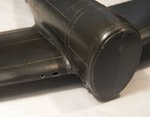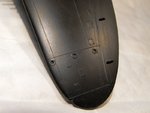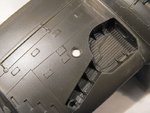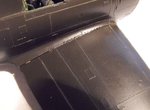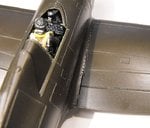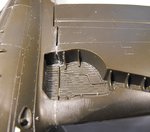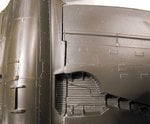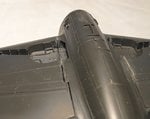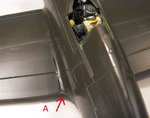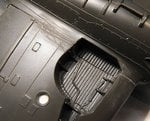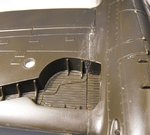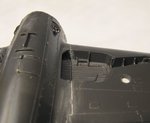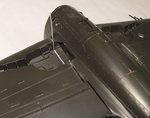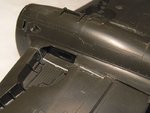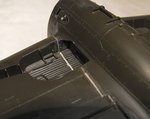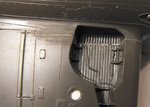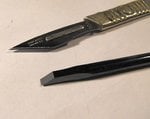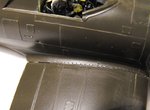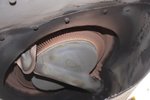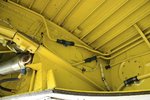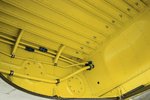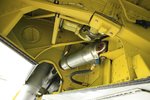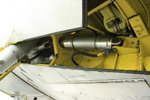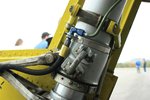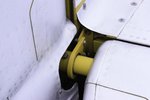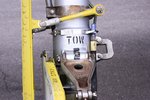- Thread starter
- #21
Airframes
Benevolens Magister
Thanks very much Jim, glad you like it - makes it all worthwhile.
George, do you mean the 'scoop' shape outlet beneath the fuselage? If so, I've always seen it in either the camouflage colour, or bare metal on an overall 'silver' machine.
Can't say I've seen burnt metal, although I have seen what appears to be dirt/mud/ dirty water stains etc. The supercharger shutters on the fuselage side were certainly 'fuselage' colour, normally white, where the end of the 'star and bar' insignia was on US aircraft.
I'm OK for B-26 stuff now - but I was struggling a bit when I was building a 1/48th scale example some years back!
Just about to photograph the wings to date, and then start on the gap filling - should have some pics later.
George, do you mean the 'scoop' shape outlet beneath the fuselage? If so, I've always seen it in either the camouflage colour, or bare metal on an overall 'silver' machine.
Can't say I've seen burnt metal, although I have seen what appears to be dirt/mud/ dirty water stains etc. The supercharger shutters on the fuselage side were certainly 'fuselage' colour, normally white, where the end of the 'star and bar' insignia was on US aircraft.
I'm OK for B-26 stuff now - but I was struggling a bit when I was building a 1/48th scale example some years back!
Just about to photograph the wings to date, and then start on the gap filling - should have some pics later.

